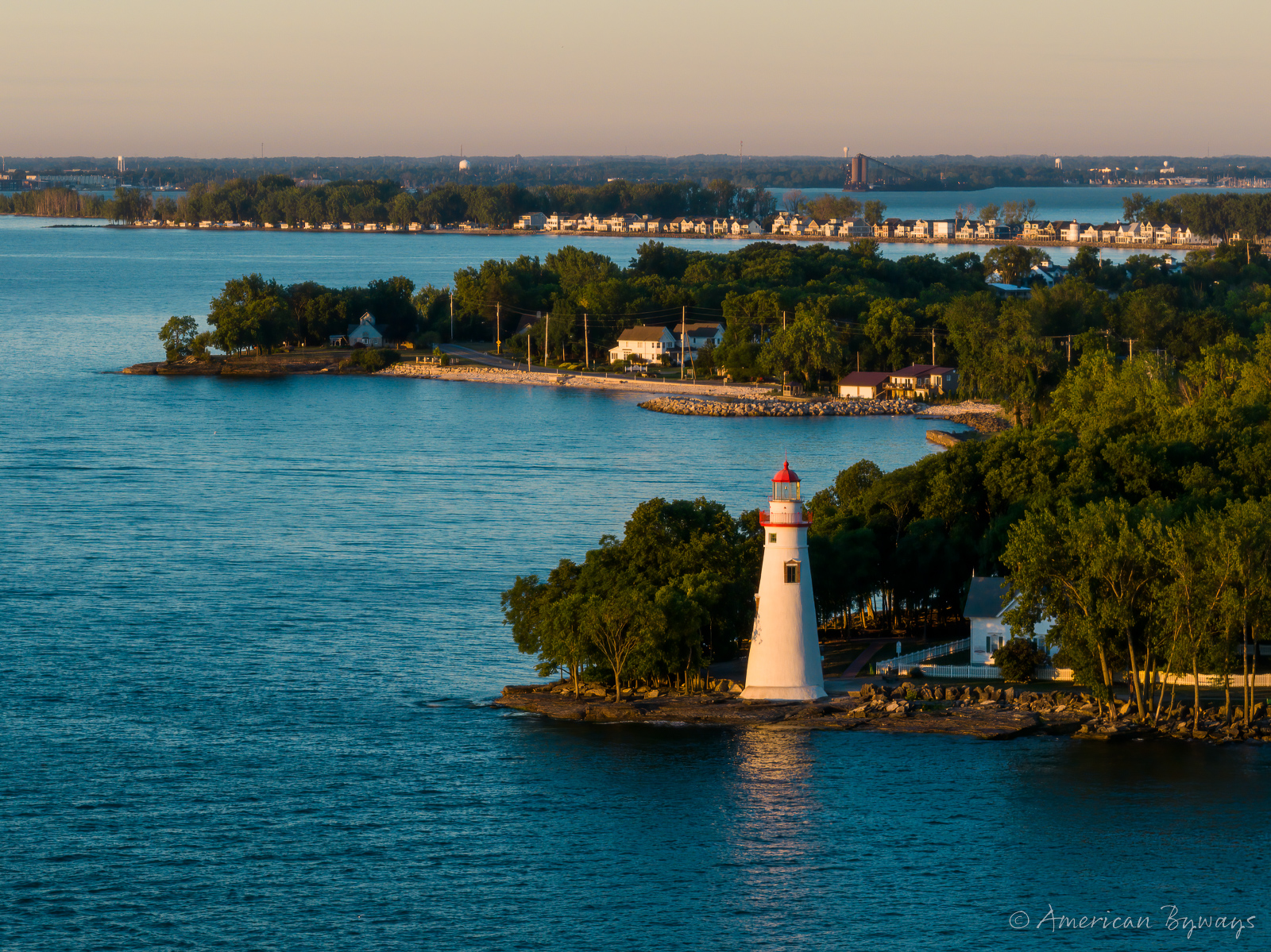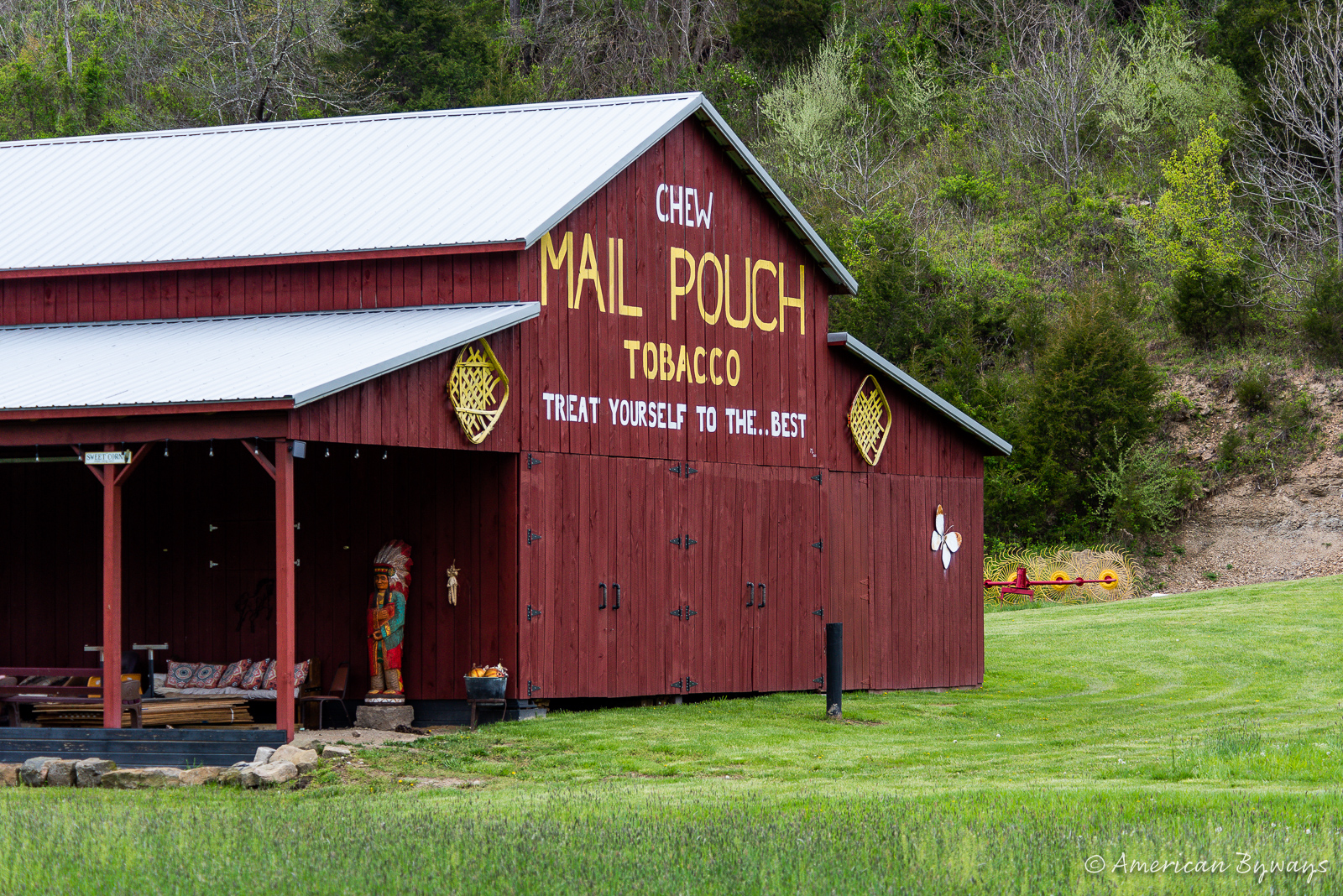
Capturing Jackson County’s Covered Bridges
Jackson County, West Virginia boasts a rich history, especially when it comes to its iconic covered bridges: The Staats Mill Covered Bridge and the Sarvis Fork Covered Bridge. Both structures serve as a testament to the craft, innovation, and heritage of the area.
Located in the Staats Mill community, the area’s legacy can be traced back to the Staats family. Abraham Staats, a Revolutionary War hero, and his wife, Ann King Staats, were early settlers. Their lineage continued with their son Cornelius, who served in the War of 1812 and later his grandson, Issac Staats, who established the first water-powered mill on Tug Fork of Big Mill Creek. The community flourished with the addition of a store owned by Issac’s son, Enoch Staats.
The year 1887 saw the Jackson County court, with George W. Shinn at the helm, decide on a bridge location over Tug Fork. Drawing inspiration from Hardesty’s Mill bridge, Quincy and Grim constructed the stonework, Henry T. Hartley created the wooden superstructure, and Enoch Staats added the finishing touch with the dirt fill approaches.
The Staats Mill Covered Bridge showcased Stephen Long’s patent from 1830 which included distinctive “X” braced diagonals. Comprising 11 panels, its foundation rested on timber beams with a metal pitched standing seam roof. In 1971, the bridge underwent a major overhaul when load-bearing steel girders were installed within the deck. Despite the modifications, the covered bridge was listed on the National Register of Historic Places in 1979. In 1983, the crossing was relocated to the FFA-FHA State Camp at Cedar Lakes, where it now stands as a pedestrian bridge.
In contrast, the narrative of the Sarvis Fork Covered Bridge began with a location decision on John Carnahan’s Mill Creek property. The development progressed with William Quincy and J. Grim securing a contract for the bridge’s piers. However, 1887 saw a halt in the project, which resumed only in 1888, eventually completing the 116-foot-long bridge in December 1889 or January 1890.
In 1924, when the State Road Commission initiated a project to realign US Route 33, the covered bridge was relocated closer to William Weekly’s property, adopting the name Sarvis Fork Covered Bridge. The bridge was repaired in 1979 and extensively rehabilitated in 2000.
Today, both the Staats Mill and Sarvis Fork bridges stand as proud symbols of Jackson County’s heritage. They remind visitors and locals alike of the resilience, innovation, and craftsmanship of the communities of the past.














